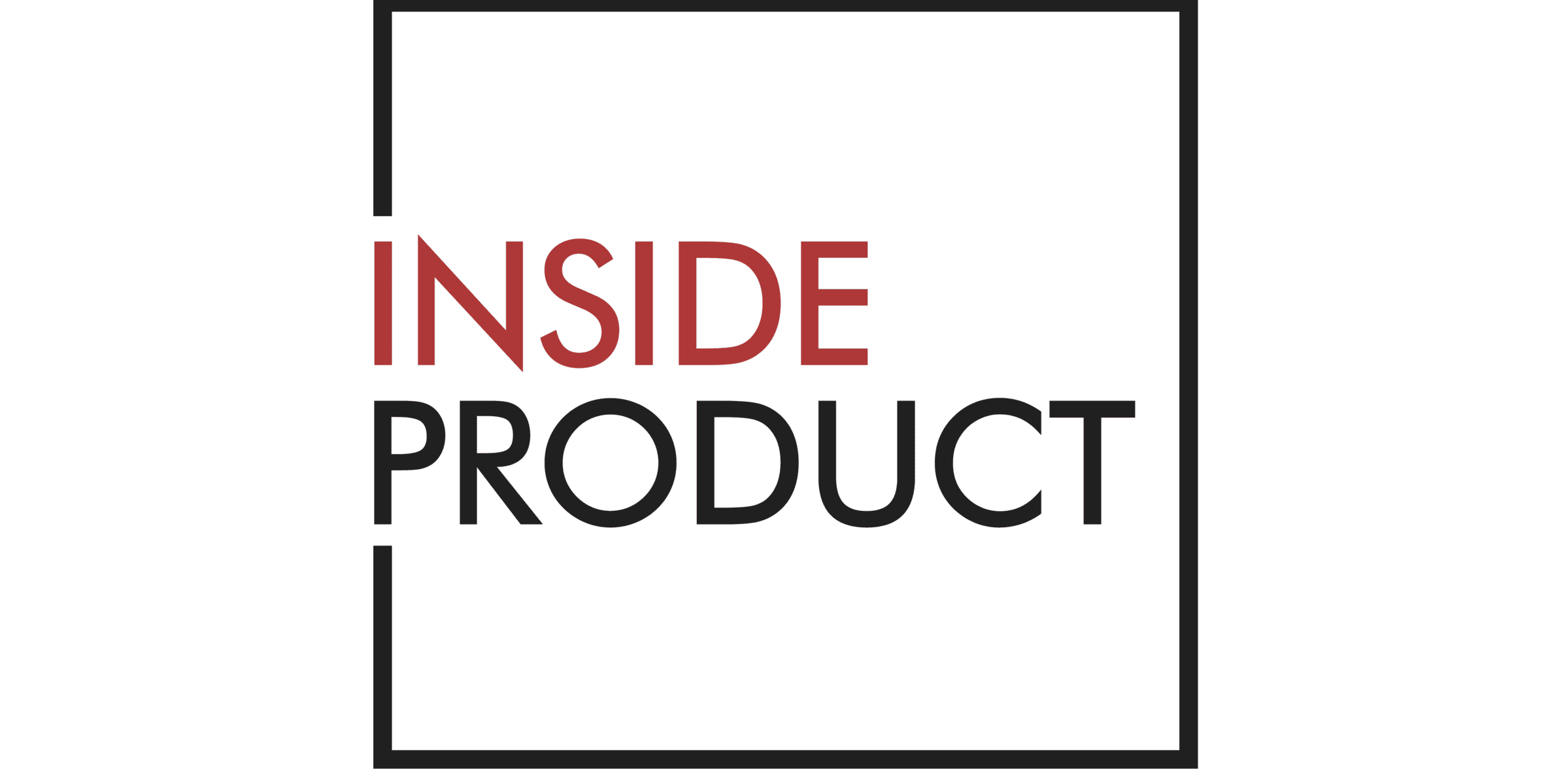Business Analysts Can Be Product People
Product management roles offer a viable career path for business analysts, especially those who work on custom software development efforts. Here are the stories of four people who made the shift.

Product management roles offer a viable career path for business analysts, especially those who work on custom software development efforts. Here are the stories of four people who made the shift.
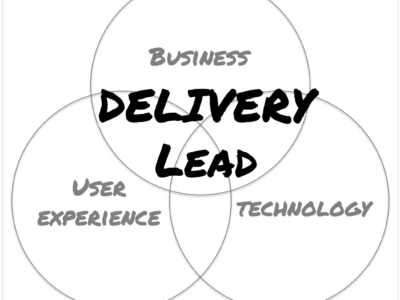
There’s a wide variety of roles that product people play in their organization. Along with common roles such as product management and business analysis, a new role that is starting to become more prevalent is delivery lead. Because the role is fairly new, I thought it would be helpful to examine the role, identify its …
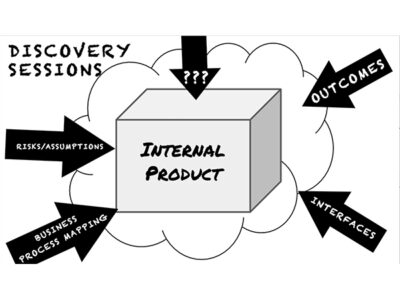
What are discovery sessions If you’ve been reading InsideProduct for a while, you’ve probably picked up by now that I focus on solving the right problem and ignore everything else. I’ve found that one, or a small series of, discovery sessions is an excellent way to identify what that problem is and also understand the …
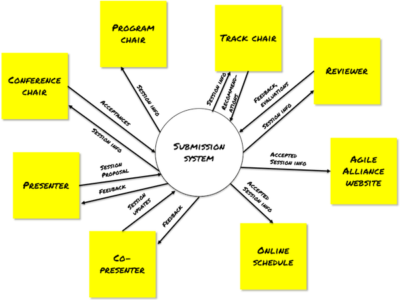
The term stakeholders is often used to categorize everyone that a team works with who is not explicitly a customer or a user of their product. There are a lot of different types of stakeholders that have different interactions with your team. One of the more important types of stakeholders is the Subject Matter Expert …
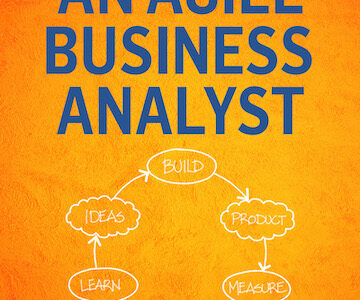
Following is an excerpt from How To Be An Agile Business Analyst, a book that explores how to apply your business analysis skills in an agile manner so that your team solves the right problems with the right solutions. Get the book now to uncover ways to add value to your organization, make your team …
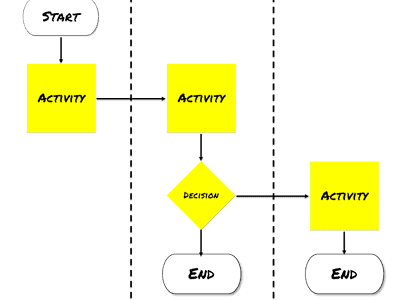
When you work in an internal product setting, you’ll often get the opportunity to revisit existing business processes and look for ways to make them more effective. This usually involves finding ways to improve the interactions your customers have with those processes and automating some or all of the process. Some times that work is …
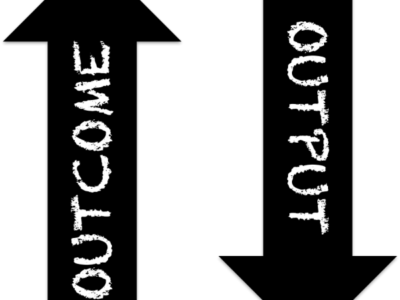
I have a confession to make. I’ve suggested several times that you should focus on outcomes over outputs, but I don’t believe I’ve ever really explained why… Whoops. So now it’s time to correct that oversight. Specifically, I’d like to take a look at the benefits and pitfalls of focusing on outcomes over outputs. But …
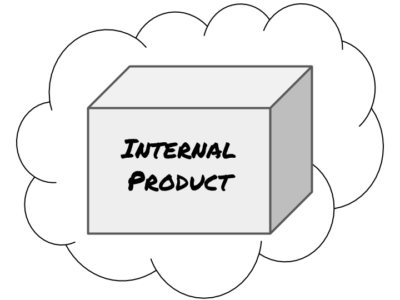
I started using the term internal product mainly for convenience so that I didn’t have to list off a bunch of examples every time I addressed a specific context. I probably take it a step too far when I use the term internal product management to mean the application of product management techniques to internal …
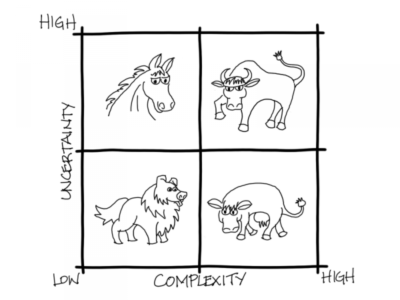
The term best practice is frequently used to describe a process, technique, or practice that was successful for one team, organization or industry and are copied by others who believe if it worked for them, it will work for us. Unfortunately, a practice that works great in one context may not work as well in …
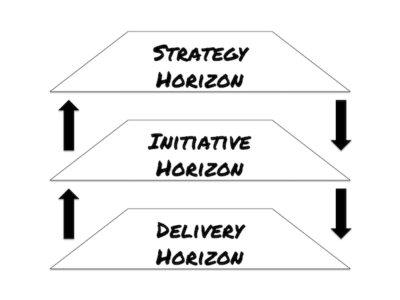
I had the opportunity to take part in the creation of version 2 of the Agile Extension to the Business Analysis Body of Knowledge. This was a great opportunity to shape the broader conversation on the intersection of agile and business analysis. One of the things that I’m particularly pleased about the Agile Extension is …
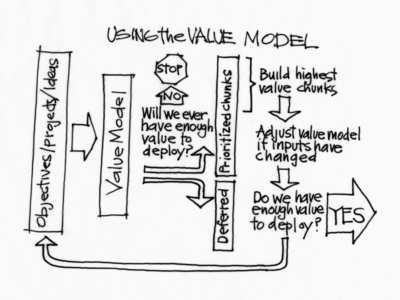
This is the ninth, and final, post in a series that take a look at the agile business analyst in terms of Laura Brandenburg’s 8 step business analysis process which serves as the foundation for Bridging the Gap’s BA Essentials Master Class. Go to The characteristics of an agile business analyst for an introduction to …
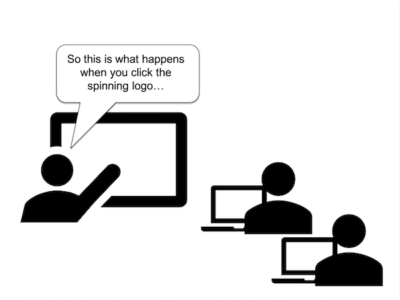
This is the eighth in a series of posts that take a look at the agile business analyst in terms of Laura Brandenburg’s 8 step business analysis process which serves as the foundation for Bridging the Gap’s BA Essentials Master Class. Go to The characteristics of an agile business analyst for an introduction to this …

This is the seventh in a series of posts that take a look at the agile business analyst in terms of Laura Brandenburg’s 8 step business analysis process which serves as the foundation for Bridging the Gap’s BA Essentials Master Class. Go to The characteristics of an agile business analyst for an introduction to this …
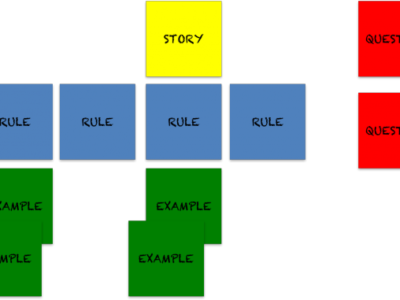
This is the sixth in a series of posts that take a look at the agile business analyst in terms of Laura Brandenburg’s 8 step business analysis process which serves as the foundation for Bridging the Gap’s BA Essentials Master Class. Go to The characteristics of an agile business analyst for an introduction to this …
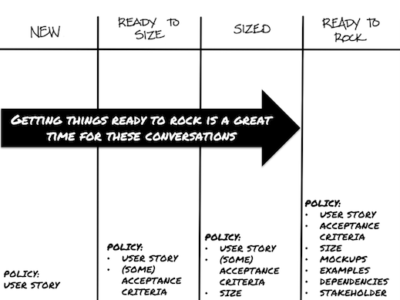
This is the fifth in a series of posts that take a look at the agile business analyst in terms of Laura Brandenburg’s 8 step business analysis process which serves as the foundation for Bridging the Gap’s BA Essentials Master Class. Go to The characteristics of an agile business analyst for an introduction to this …
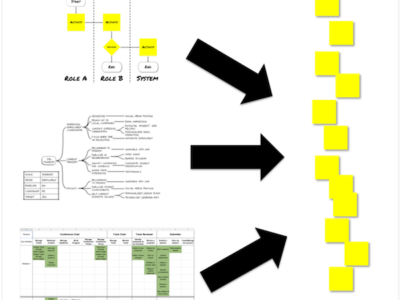
This is the fourth in a series of posts that take a look at the agile business analyst in terms of Laura Brandenburg’s 8 step business analysis process which serves as the foundation for Bridging the Gap’s BA Essentials Master Class. Go to The characteristics of an agile business analyst for an introduction to this …
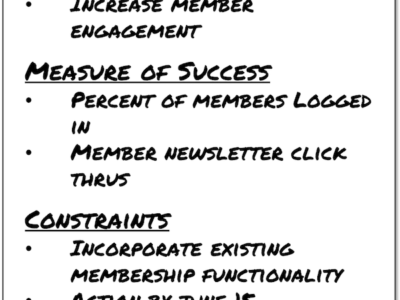
This is the third in a series of posts that take a look at the agile business analyst in terms of Laura Brandenburg’s 8 step business analysis process which serves as the foundation for Bridging the Gap’s BA Essentials Master Class. Go to The characteristics of an agile business analyst for an introduction to this …
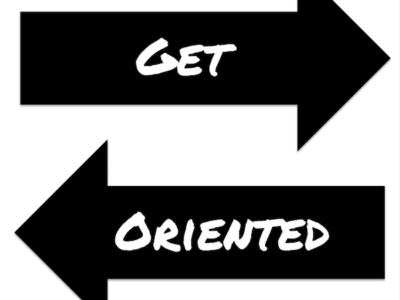
This is the second in a series of posts that take a look at the agile business analyst in terms of Laura Brandenburg’s 8 step business analysis process which serves as the foundation for Bridging the Gap’s BA Essentials Master Class. (Note: KBPMedia is an affiliate of Bridging The Gap. When you purchase something from …
You are not an agile business analyst just because you have a working knowledge of Scrum, you are able to write user stories, or because you got a certification. You are an agile business analyst when you focus on outcomes over outputs, use short feedback cycles and adjust when and to what extent you use …
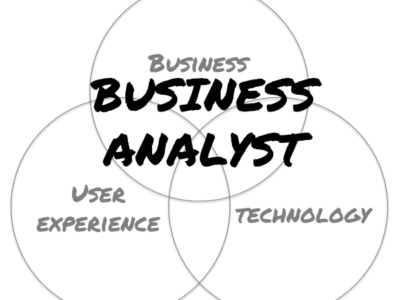
Business analysis skills are helpful for any product person, even if you aren’t in an actual business analyst role. The ability to facilitate discussions; elicit information from customers, stakeholders, and users; and analyze that information to make decisions are critical to successful product work. We’ve established an affiliate relationship with Bridging the Gap, a leading …

I suspect you didn’t start your career with the goal to be a product owner. You may have started as a developer, a subject matter expert from a business unit, or a business analyst. Regardless of your background, once you start product ownership, you need to practice three habits to be an effective product owner: …
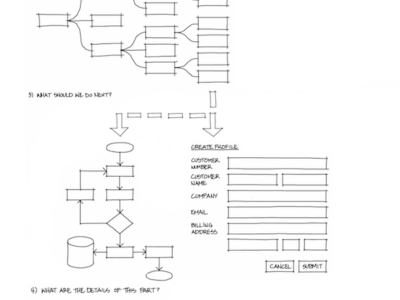
Introduction This lightly edited excerpt from Beyond Requirements:Analysis with an Agile Mindset describes a typical approach to analysis in software product development where teams exhibit an agile mindset. It places into context most of the techniques described in the technique briefs on the site. This approach to analysis happens in four steps, illustrated in the …
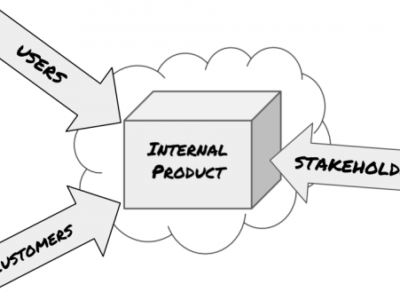
Product development – whether it’s products for sale or internal products – is ultimately an exercise in working with people. To make it fun and interesting, those people have a wide variety of perspectives and have different relationship with the product. Those people are your team (a topic for another blog post) customers, users, and …
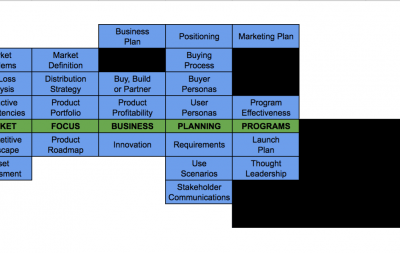
What Is Internal Product Management To understand what Internal product management is, it’s helpful to start by understanding what product management in general is. For that, I look to Melissa Perri, who provided one of the better definitions of product management (there are plenty) in her Product Institute Class on Product Management: “A product manager …
